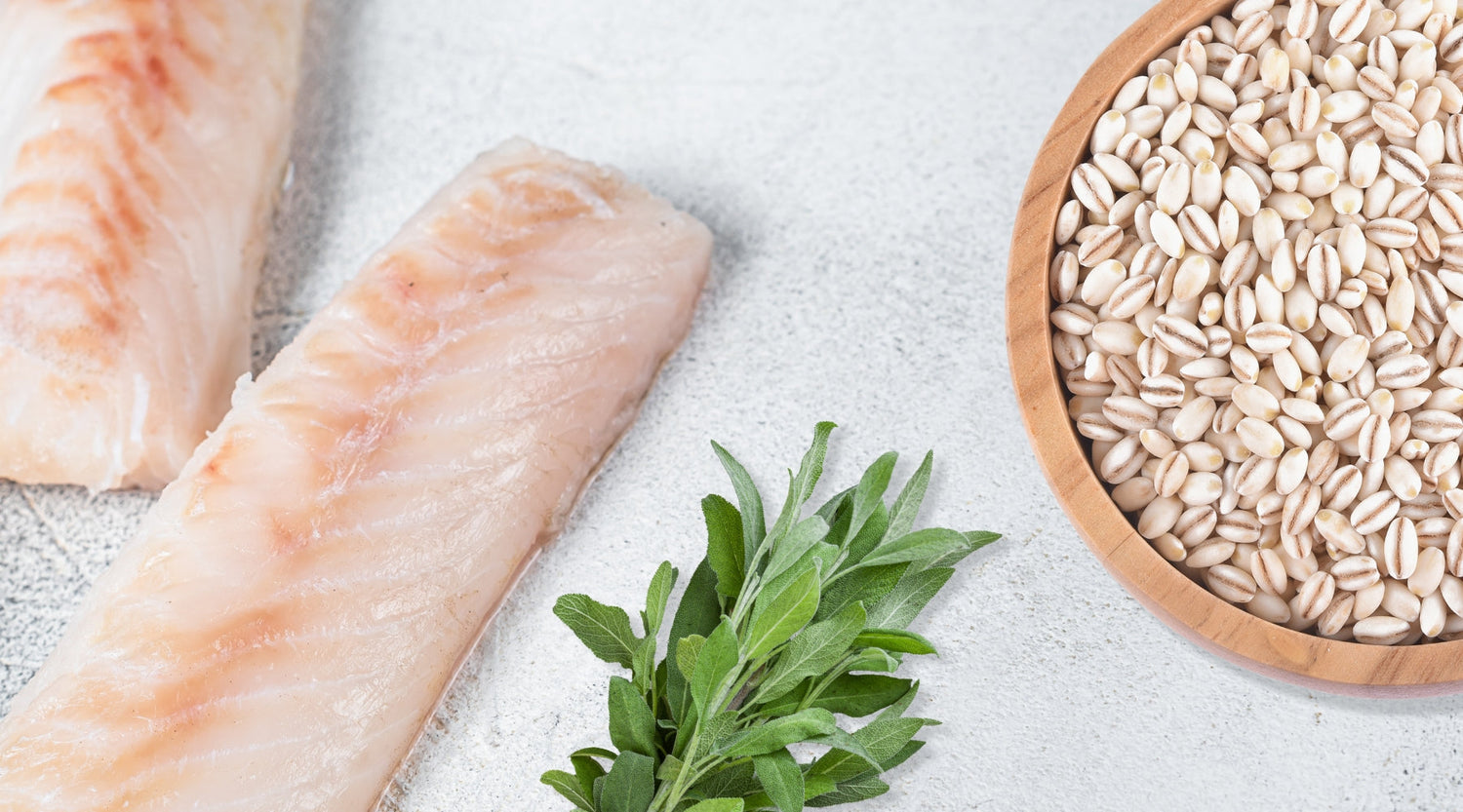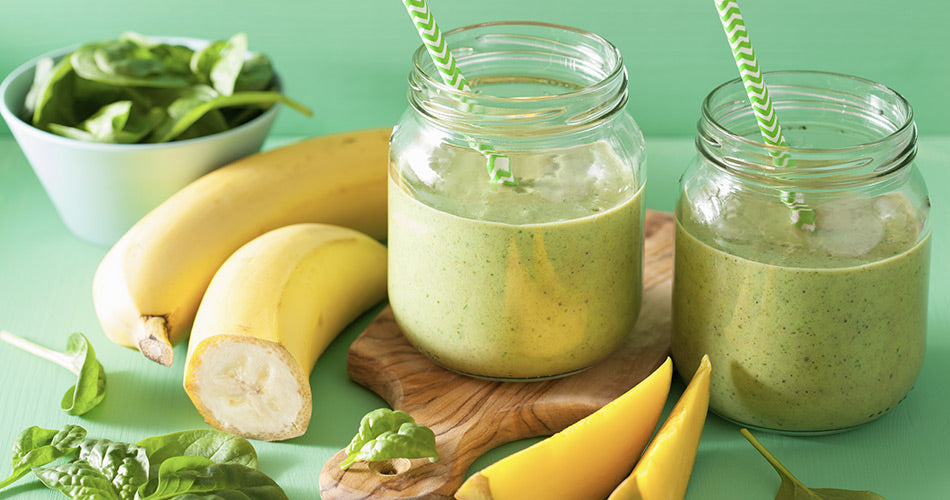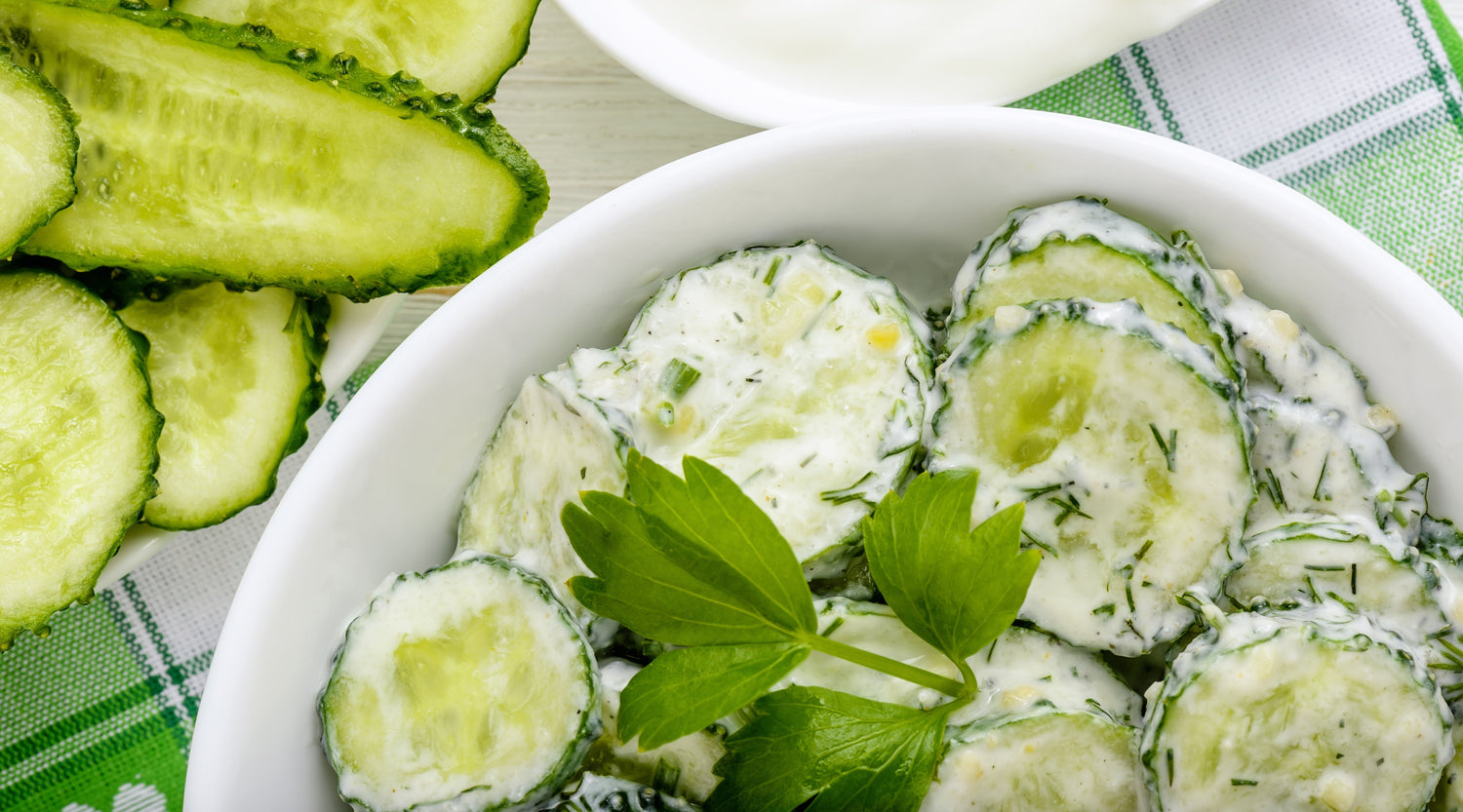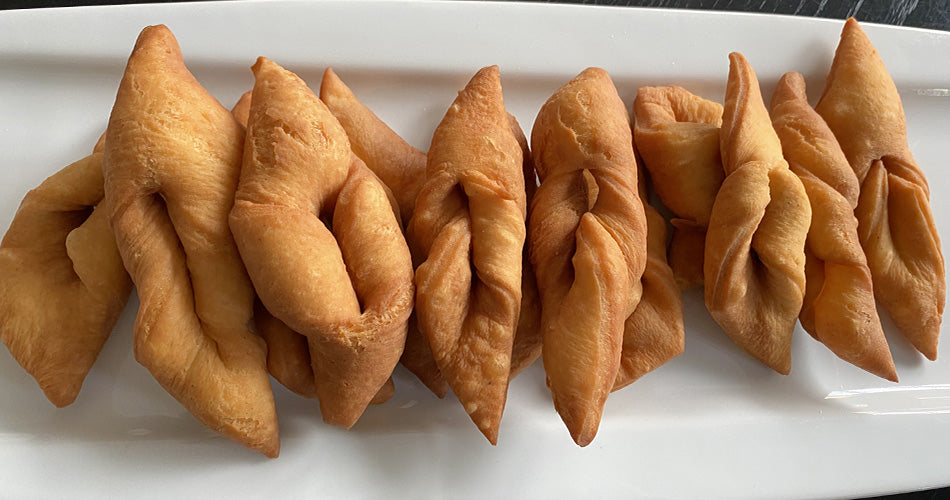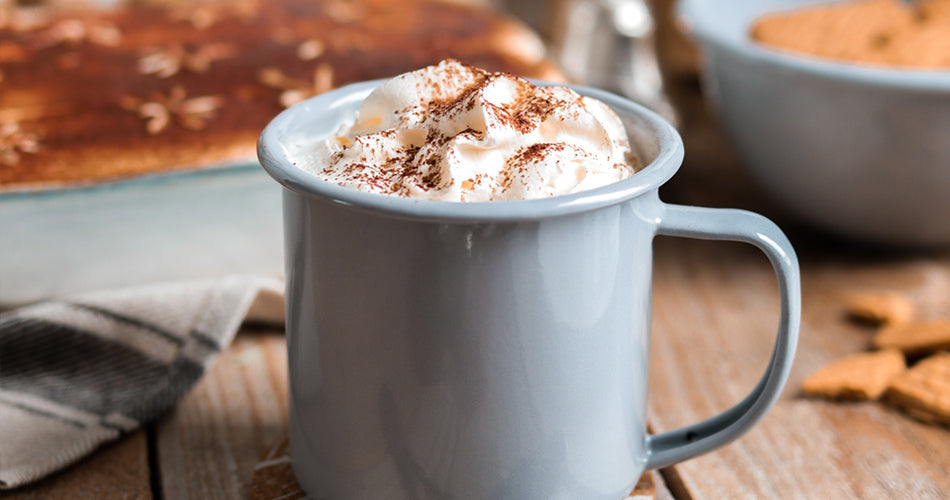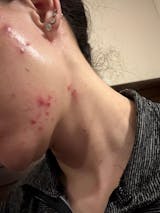When I think about growing up in a small fishing village in Iceland, I remember everything being about fish, fishing boats and fisheries. You would grow up to either work as a fisherman on a boat, in a fishery on land, or in some related job. The idea of doing something else was almost not an option.
So, I worked in fisheries from the age of 12 all the way up until I was 24. Throughout the years, I saw how the fishing industry evolved, and how we began to appreciate parts of the fish as valuable, that we had at one time discarded. The skin of the Cod is a good example. Originally, we threw the skin away, and later realized we could grind it down into fertilizer or animal feed. Today, there is not a single part of the Cod that doesn’t go to good use. The bones, the scales, the skin, and intestines. At one point, all these parts were waste, not even a byproduct. The meat of the fish was the most important and the rest was just trash.
I have told my story many times, but will repeat it here once more. I became interested in Collagen in 2016. Being in constant pain, not being able to exercise due to many sports related injuries, having had three shoulder surgeries, torn ligaments, and broken bones, a friend recommended that I try collagen—and not just any collagen, collagen made from the skin of wild-caught Cod. As I mentioned earlier, growing up I remember the skin being seen as garbage. Years later when used as fertilizer and animal feed, the cost of 2 pounds of Cod skin was 1-2 cents. Today, it has value and that same quantity is sold for the manufacture of collagen for over two dollars.
"By making full use of the skin of the Cod, turning it into collagen, it has become a true circular economy product."
Iceland has always been proud of being sustainable when it comes to its fisheries. Within Iceland’s fisheries jurisdiction there is a quota system in place. The quantity of fish allowed to be taken in the coming season is decided by the government and is based on numbers our scientists have informed us will not endanger the species and is therefore sustainable for the future.
Turning what once was waste into value is simply good business
As inhabitants of this planet, we have an abundance issue. We too often take this planet and everything she has to offer for granted. Every year in the USA, we throw away 92 billion pounds of food, worth over $470 billion. Out of that, households throw away 42%, restaurants, grocery stores and food service companies 40%, farms 16% and manufacturers 2%. Food goes bad in our refrigerator or pantry, and we don’t use leftovers, resulting in a large amount of food scraps being wasted. One of the best things you can do with food scraps is to separate them from other waste and recycle them.
A few years ago, in an initiative started by the Icelandic government and department of sanitation, Icelanders began to recycle all food waste. Prior to this, food scraps ended up in the landfill with other household waste turning into methane that was released into the atmosphere. In 2022 the sanitation department was able to produce and capture close to 700,000 cubic meters of methane gas from household food waste that was used to fuel transportation, and other industries. These numbers are not extremely high, but remember, Iceland is a small country, and these numbers have only risen since 2022—all added value.
As we celebrate Earth Day on April 22nd this year, the focus is to raise awareness about environmental issues such as pollution, deforestation, climate change and endangered species by encouraging individuals, communities, and governments to take action to preserve and protect the Earth’s natural resources. We, as consumers, have great power and should let our voices be heard, but also be mindful of how we can do our fair share.
Here are some easy ways you can help:
- Buy local, fresh, and straight from the farm—fruits, vegetables, eggs, and meat.
- Buy ugly fruits and vegetables—badly shaped, ugly foods tend to be left behind contributing to food waste, even though they taste the same.
- Make a menu for the week and buy into that menu.
- Use leftovers from the last two days to make tonight’s dinner, see my recipe for “Better than Takeout” Chicken Fried Rice
- Recycle your food waste—if your municipality doesn’t have food waste recycling, start your own composting. Turn your food waste into soil to be used to nourish your plants. It is so satisfying to grow your own herbs or tomatoes using dirt that came from your own composting of food scraps!
We can all do something to protect this wonderful Earth—we owe her that much for taking care of us and in hopes that she will take care of our children, and our children’s children to come.
Happy Earth Day, be good to one another, and be extra good to our mother Earth!
